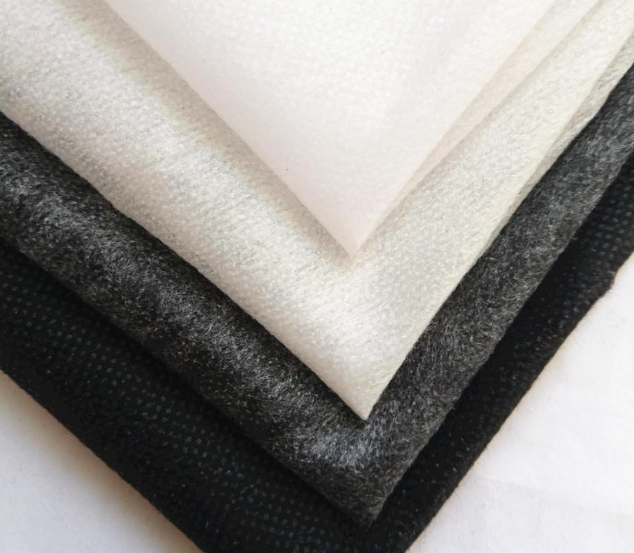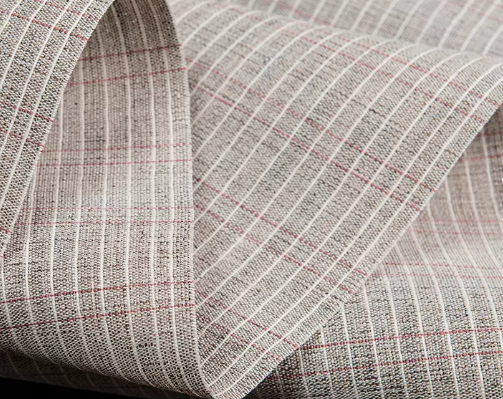The History and Culture of Garment Interlining
2023-02-28.
Garment interlining, as a commonly used material, has a history that can be traced back thousands of years. Below are some aspects related to the history and culture of interlining.

Historical origin: The history of garment interlining can be traced back to ancient times. In ancient times, people used natural materials such as animal skins and leaves to increase the warmth and structural integrity of clothing. With the development of textile technology, people began to use materials such as cotton and silk to make interlining, improving the comfort and aesthetics of clothing.
Interlining in different cultures: Different cultures and ethnic groups have their own interlining culture. In China, silk interlining is very common, while in Europe, cotton and linen interlining are more prevalent. In Africa and South America, people use natural fibers such as cotton and hemp to make interlining. Each culture and region has its unique interlining materials and styles, reflecting the local history, customs, and way of life.
Application of interlining in fashion: Interlining is not only a practical material but also an important element in fashion design. Designers use different materials, textures, and colors of interlining to enhance the beauty and comfort of clothing. Some high-end brands even use precious natural materials such as silk and wool to make interlining, showcasing the brand's nobility and luxury.
Traditional craftsmanship of interlining: In some cultures, making interlining also requires the use of traditional handicraft techniques. For example, in India, some artisans use wooden hand looms to make hand-printed cotton interlining, a handicraft technique that has been passed down for hundreds of years. These traditional handicraft techniques not only protect local cultural heritage but also bring unique aesthetics and value to people.

Overall, interlining, as a commonly used material, is closely related to people's daily life and culture. In different cultures and historical periods, interlining continues to evolve and innovate, reflecting the progress and diversity of human civilization.